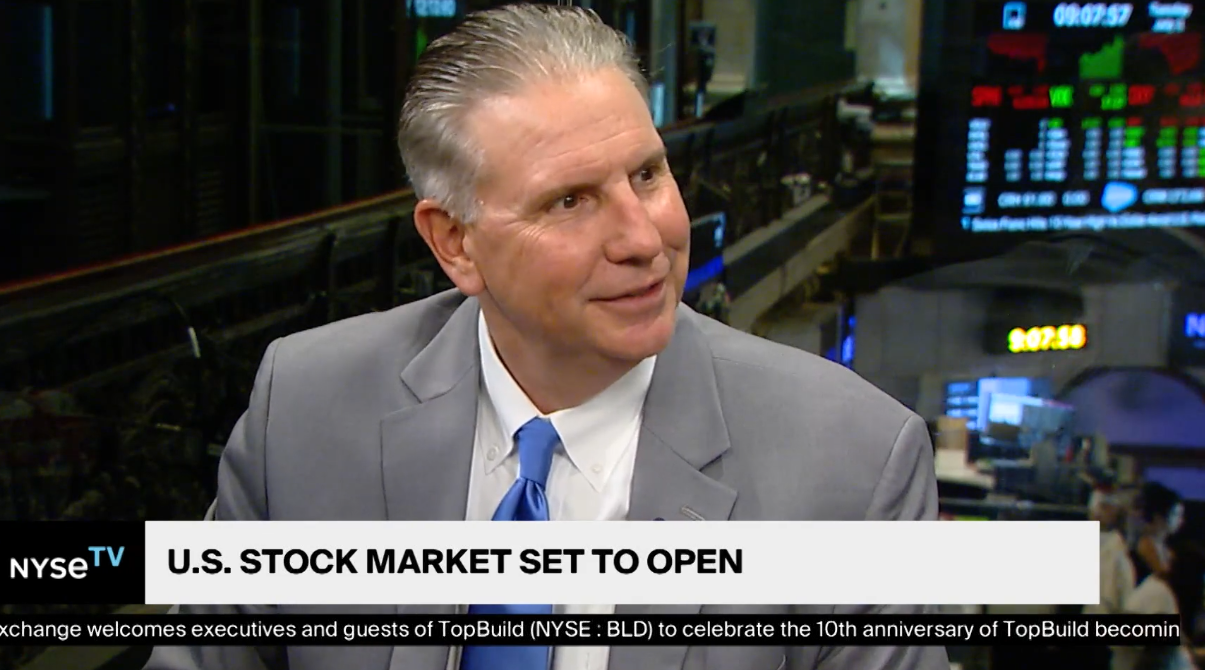
Last Week’s Markets in Review: Q1 GDP and Earnings Suggest a Potential Soft Landing

Global equity markets finished higher for the week. In the U.S., the S&P 500 Index closed the week at a level of 4,169, representing an increase of 0.89%, while the Russell Midcap Index moved -0.003% lower last week. Meanwhile, the Russell 2000 Index, a measure of the Nation’s smallest publicly traded firms, returned 1.28% over the week. As developed, international equity performance and emerging markets were mixed returning 0.16% and -0.27%, respectively. Finally, the 10-year U.S. Treasury yield moved lower, closing the week at 3.42%.
During the past week, market participants were focused on the release of the First Quarter 2023 Gross Domestic Product (GDP) release on Thursday and the ongoing reporting of first quarter corporate earnings. Like all data throughout this year, this data is then factored into trying to predict the next potential policy moves from the Federal Reserve. We will remind readers that the FOMC will announce the results of its policy meeting this upcoming Wednesday, May 3rd.
Last Thursday, the Bureau of Economic Analysis (BEA) released the GDP reading for the first quarter of 2023. The report showed that growth in the U.S. slowed considerably during the first three months of the year. GDP, a measure of all goods and services produced for the period, rose at a 1.1% annualized pace. Consensus estimates from economists surveyed by Dow Jones had been 2%. The growth in the first quarter was also greatly reduced from the 2.6% growth from the fourth quarter of 2022. It should also be noted that the Federal Reserve updated their forecast for GDP growth after their meeting in March to just 0.4% in 2023 and 1.2% in 2024.
Within the GDP report, market participants were interested in the personal consumption expenditures (PCE) price index, an inflation measure the Fed follows closely. The index increased 4.2%, ahead of the expected 3.7% increase. Core PCE (excluding food and energy) rose 4.9%, compared to the previous increase of 4.4%.
Market participants viewed the slowing overall headline number as evidence that the Fed’s aggressive rate hikes have slowed the economy enough to help bring down inflation. At the same time, inflation remains historically high and higher than expected in last week’s reading. Still, the persisting strengths in the labor market and consumer spending will likely make any recessionary period relatively shallow and short.
The better-than-expected corporate earnings pointed to the possibility of a more resilient economy. This outperformance was demonstrated by “Big Tech” throughout the week. Three big names, Microsoft Corp (Ticker: MSFT), Meta Platforms Inc. (Ticker: META), and Amazon.com Inc. (Ticker: AMZN), all reported results that exceeded expectations. Overall, companies within the S&P 500 have generally shown “better than feared” results. For example, as of April 28th, FactSet reports (with 53% of the S&P companies reporting actual results) 79% of S&P 500 companies have reported a positive EPS surprise, and 74% have a positive revenue surprise. However, as of this same date, the blended earnings decline for the S&P 500in the first quarter is -3.7%. If -3.7% is the actual decline for the quarter, it will mark the second straight quarter that the index has reported a decline in earnings.
Finally, it was announced on Monday morning that JPMorgan Chase & Co. (Ticker: JPM) would acquire regional bank First Republic Bank (Ticker: FRC) in an FDIC-assisted transaction. Details of this transaction were still being released as of the writing of this update.
Investors should consider all the information discussed within this market update and many other factors when managing their investment portfolios. However, with so much data and so little time to digest, we encourage investors to work with experienced financial professionals to help process all this information to build and manage the asset allocations within their portfolios consistent with their objectives, timeframe, and tolerance for risk.
Best wishes for the week ahead!
Gross Domestic Product data is sourced from the Bureau of Economic Analysis. S&P 500 earnings data is sourced from FactSet. Corporate Earnings, Equity Market, Fixed Income returns, and rates are from Bloomberg as of 4/28/23. Economic Calendar Data from Econoday as of 4/28/23. International developed markets are measured by the MSCI EAFE Index, emerging markets are measured by the MSCI EM Index, and U.S. Large Caps are defined by the S&P 500 Index. Sector performance is measured using the GICS methodology.
Disclosures: Past performance does not guarantee future results. We have taken this information from sources that we believe to be reliable and accurate. Hennion and Walsh cannot guarantee the accuracy of said information and cannot be held liable. You cannot invest directly in an index. Diversification can help mitigate the risk and volatility in your portfolio but does not ensure a profit or guarantee against a loss.



